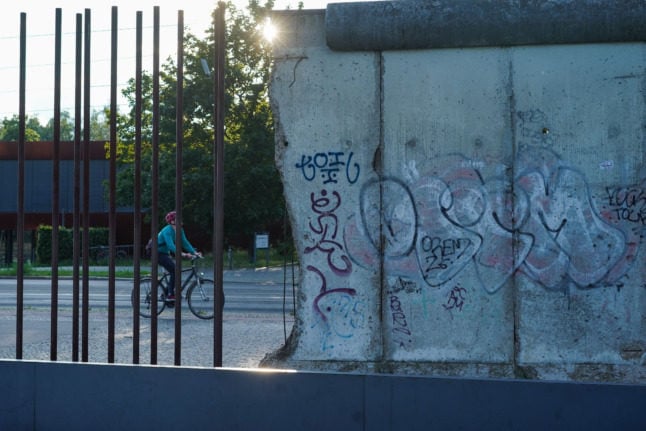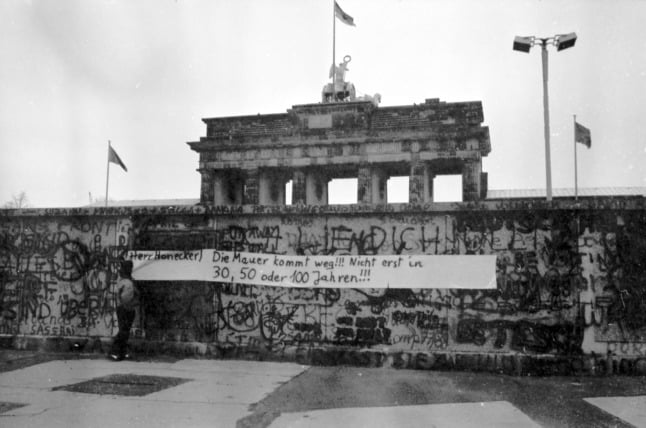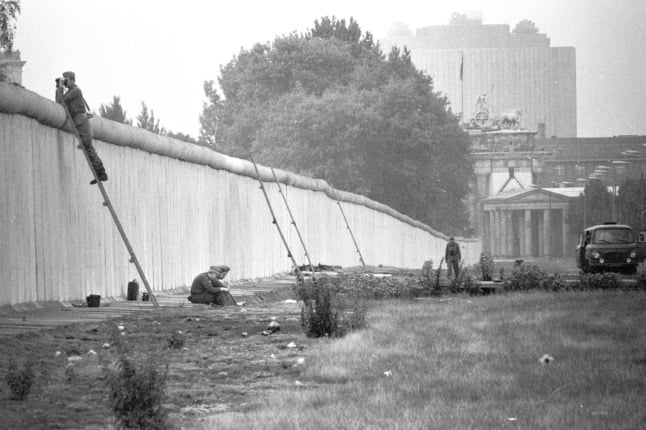With the notable exceptions of Rotkäppchen sparkling wine and Spee laundry detergent, eastern German brand names barely come to mind for consumers in the west of the country, according to a poll conducted by the Institute for Applied Marketing and Communications Research (IMK).
”With Rotkäppchen and Spee, just two eastern products have managed to get into the minds of western Germans,” said Sören Schiller, the head of the IMK.
Eastern German products need to fight harder to improve their image across the country, Schiller said.
“Apart from price, western Germans have few reasons to buy an eastern product,” he added.
IMK joined forces with broadcaster Mitteldeutscher Rundfunk Werbung to conduct the first ever survey of east-west brand attitudes, polling 1,500 consumers about their purchasing habits and criteria.
When brands originating in the former eastern states were mentioned to people living in the former western states, just six achieved the target recognition response of more than 50 percent. Those were Rotkäppchen, the spirit Nordhäuser Doppelkorn and four beer labels.
And just two brands, Rotkäppchen and Spee, can be recalled spontaneously by more than 50 percent of westerners – without their having to be prompted.
“In the east itself, by comparison, almost all the eastern brands asked about are known and trusted,” Schiller said. “The east is patriotic in its consumerism.”
Every third person from east Germany assesses labels from their region as being as attractive as those from the west, the study found, with these products scoring well mainly because of their reliability and trustworthiness.
DAPD/dw





 Please whitelist us to continue reading.
Please whitelist us to continue reading.
Member comments